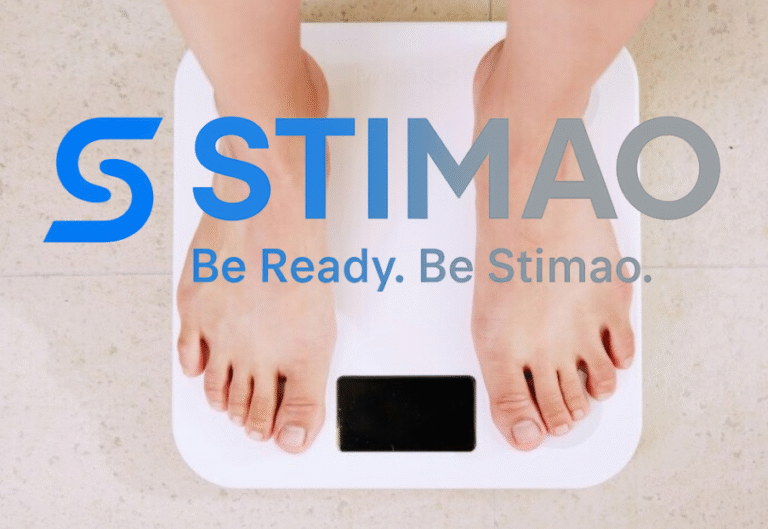 So, you want to lose weight. We’ve all been there, setting big goals and giving it all we’ve got, only to crash and burn way too soon. The key to lasting results is having realistic goals that don’t make you feel like you’re climbing Everest without a guide. It’s all about sustainability and personalization.
So, you want to lose weight. We’ve all been there, setting big goals and giving it all we’ve got, only to crash and burn way too soon. The key to lasting results is having realistic goals that don’t make you feel like you’re climbing Everest without a guide. It’s all about sustainability and personalization.
When I talk about setting a realistic weight loss goal, we’re not just throwing a number out there expecting magic. It’s about aligning your goals with your lifestyle, capabilities, and yes, even your body’s needs. The SMART method is golden here: Specific, Measurable, Achievable, Relevant, and Time-bound goals. This framework keeps us grounded and focused, ensuring every goal tacked to the fridge is within reach.
The importance of accountability can’t be overstated. Whether it’s sharing your goal with a friend or joining a group, having someone in your corner cheering you on makes a world of difference. And don’t forget self-compassion. You might slip up, skip a workout, or indulge a little, and that’s okay. Remember, this is a journey, not a sprint, and being kind to yourself pays off big time in the long run.
Unpacking the 3-3-3 Rule: A New Perspective on Weight Loss Success
Ever heard of the 3-3-3 rule for weight loss? It’s a cool, structured approach to setting goals and sticking to them without feeling overwhelmed. Let’s break it down.
So, the 3-3-3 rule is all about bite-sized wins that build over time. You set goals over three days, then extend them to three weeks, and finally three months. It keeps things manageable and helps track progress consistently. This means everything from workouts to dietary changes comes in digestible chunks that don’t weigh you down.
What makes this rule a game-changer is its flexibility. It allows you to tweak your plan as you learn more about what works best for you. It’s about building habits that are sustainable, and by focusing on these shorter phases, you’re more likely to succeed.
Real-life stories of people who’ve cracked the 3-3-3 code can be super inspiring. Imagine kicking off with three days of hitting a particular step count daily, then stretching it to three weeks, and eventually making it a part of your routine. This way, the 3-3-3 rule becomes not just a strategy but a lifestyle adjustment that taps into long-term success without the stress.
Measuring Progress: Monthly Targets and the Role of Physical Activity
When it comes to shedding pounds in a healthy way, professionals suggest aiming for about 1 to 2 pounds a week. That means your monthly weight loss goal should hover around 4 to 8 pounds. It’s a sweet spot that allows for safe, sustainable progress without feeling like you’re depriving yourself or running a marathon overnight.
But let’s not just focus on the scale. There are plenty of non-weight metrics to keep an eye on, like how your clothes fit, your energy levels, sleep improvements, and those small confidence boosts you earn along the way. These metrics can be great motivators when the scale is being a bit stingy with results.
Speaking of movement, steps matter! You’ve probably heard about aiming for 10,000 steps a day. While that’s a solid goal, setting a realistic step goal depends on where you’re starting from. If you’re new to walking, maybe start with 3000 steps daily and build up from there. It’s all about finding a rhythm that’s challenging yet achievable for you.
Combining a sensible eating plan with regular exercise is the ultimate recipe for effective weight loss. Remember, movement doesn’t have to mean hitting the gym; it can be dance parties in the living room, hikes with friends, or even taking the stairs more often. Keep it fun and you’ll be more likely to stick with it in the long run.





